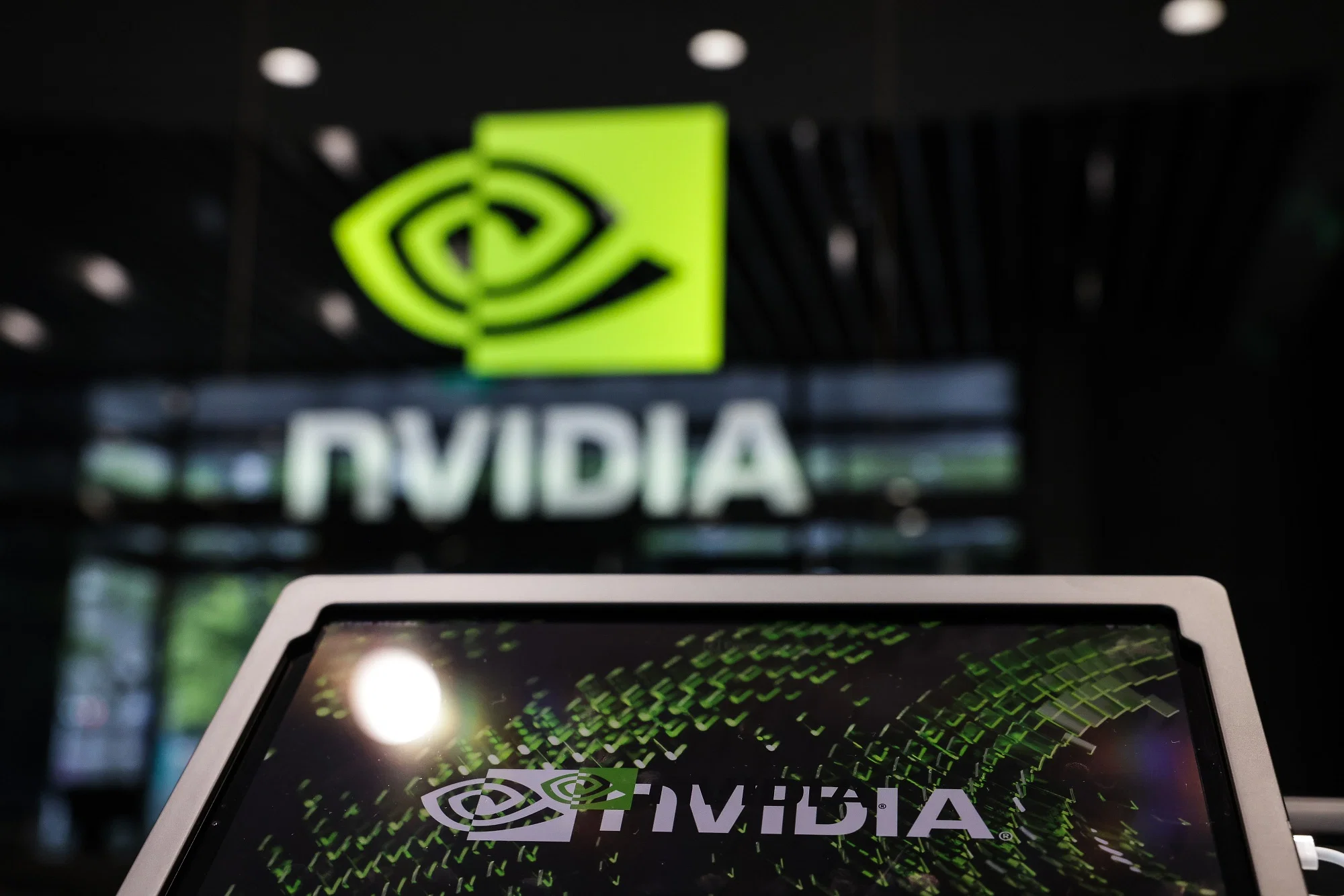Nvidia takes over from Tesla as the market shifts focus from electric vehicles to artificial intelligence

Nvidia’s ascent has captivated the stock market, propelling the S&P 500 Index to new highs. However, it also serves as a cautionary tale reminiscent of Tesla’s trajectory, which surged on the promise of a technological revolution only to face a sharp decline. In 2017, Tesla was the center of a similar frenzy, with investors betting heavily on the widespread adoption of electric vehicles. At that time, Elon Musk’s company surpassed traditional automakers like General Motors and Ford in market capitalization, becoming America’s largest auto manufacturer and drawing comparisons to Apple Inc.
Now, Tesla’s stock has fallen over 50% from its peak in 2021, and other electric vehicle stocks that soared alongside it have also seen significant declines. This should serve as a warning for Nvidia investors who view the stock as an endless bet on an AI-driven future. Nvidia’s shares have surged 66% this year, following a more than tripling in 2023.
“We have seen time and again that when investors fall in love with the idea of the technology innovation du jour, logic takes a back seat,” said Adam Sarhan, founder and CEO of 50 Park Investments.
While there are differences between Nvidia and Tesla, including their product lines and leadership styles, there are also notable similarities. Nvidia’s rise from a niche chipmaker to a global powerhouse is based on the belief that its extraordinary sales growth is sustainable. Similarly, Tesla’s meteoric rise in 2020, pushing its valuation over $1.2 trillion, was based on the assumption of widespread and rapid adoption of electric vehicles, with Tesla leading the market. However, reality has challenged this narrative, with EV demand slowing as initial enthusiastic buyers have already made their purchases, while more price-conscious consumers are slower to adopt new technology.
For Nvidia, the hype cycle has not shown signs of slowing down yet. The company has delivered exceptional results for four consecutive quarters, driven by strong demand for its chips used in training large language models for AI applications like OpenAI’s ChatGPT. After more than tripling in 2023, Nvidia’s stock remains the top performer in the S&P 500 Index in 2024, with a 66% gain and a market value exceeding $2 trillion, trailing only Apple Inc. and Microsoft Corp. in the US.
The enthusiasm around AI and its potential applications across industries has drawn parallels to the excitement of the internet era and the dot-com bubble. However, unlike that time when internet companies were valued based on new metrics and struggled financially, Nvidia is generating substantial profits. Net income surged over 500% to nearly $30 billion last year and is expected to double this year.
Despite these strong financials, Nvidia faces risks, particularly from competitors eager to capture a share of the AI chip market. While Nvidia currently leads in graphics chips optimized for AI models, competitors like Advanced Micro Devices Inc. are entering the market, and even Nvidia’s customers, such as Microsoft Corp., are developing their own chips.
Investors must weigh these risks against the potential for future growth. The dot-com era serves as a reminder that not all ventures will be successful investments, despite the underlying potential of the technology. It is crucial to differentiate between winners and losers in this rapidly evolving landscape.

